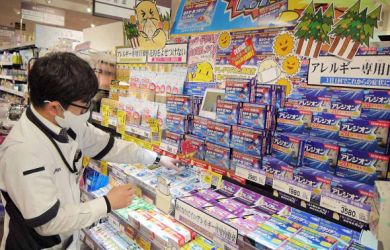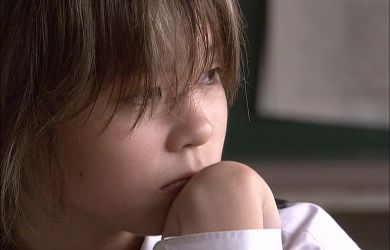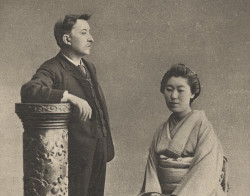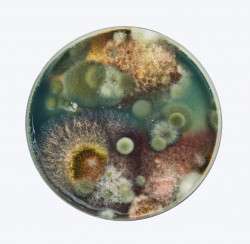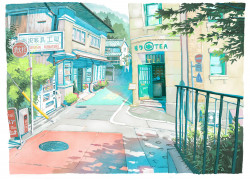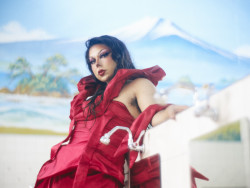
May 28, 2013
All You Need Is Love
Love and hate battle it out at the Mori’s 10th anniversary show
By Metropolis
Originally published on metropolis.co.jp on May 2013

At its worst, love can be an awkward emotion, and one that is liable to lead us to make fools of ourselves. Aesthetically too, it has dangers. The very idea tends to evoke tacky and embarrassing images—pink hearts, cupids, chocolate boxes, petrol station flowers and hand-made Valentine cards.
Perhaps this is the reason the Mori Art Museum’s 10th anniversary celebration, an exhibition devoted to the theme of love, steered clear of St. Valentine’s Day; instead choosing to open in April. But why is “Love” the theme anyway? Is it just a lazy stab at easy popularity? Yes and no.
Since opening back in 2003, the Mori has presented an intriguing mix of populist and challenging art, and while this show leans towards the populist side, it is not all amour and Harlequin Romance. There is also plenty of interesting content to challenge the mind as well as things to set the heart aflutter.
The Chinese sage Lao Tzu said, “Being deeply loved by someone gives you strength, while loving someone deeply gives you courage.” This testifies to the mysterious power of love, which, here in the East, has affinities with the idea of ki. This is perhaps the best way to view the art here, as expressions of a kind of primal universal energy that takes many forms.
This also seems to be the intention of the curators, who present artworks dealing with romantic love, familial love, love for humanity, and even otaku love, for which the exhibition includes films and holograms of the virtual idol Hatsune Miku. Interestingly, there is nothing on national love, although this is partly covered in works dealing with “Love in Losing,” referring to Japan’s 2011 earthquake.
With works ranging from classic oil paintings—Constable’s The Bridges Family (1804)—to contemporary installations, this is a varied and ambitious show. Some of the works impress, while others may leave you cold. Some of the best focus on maternal love. Mako Idemitsu’s rather dated looking but entertaining video, Hideo, it’s me Mama (1983), shows a mother’s slightly obsessive love for her son channelled through the VHS technology of the day. Exploring the other side of the equation, Tatsumi Orimoto’s work, in which he seeks communication with his senile mother through humour and physical contact, could be easily misunderstood, but I found it touching.
Laurie Simmon’s Love Doll series (2010), in which she bought a life-sized sex doll and used it the same way as a child’s doll, made some interesting points about gender differences: male objectification versus female infantilization.
My favourite work, however, was David Shrigley’s 2003 video that he made to accompany a song by Brit pop band Blur. Rich in pathos and humour, the video reveals the subjectivity of love in a tragic but hilarious ending.
As for the big contemporary names at the show: Yayoi Kusama’s installation, Love is Calling (2013), was the usual predictable room of dots we have come to expect from the artist and her team of assistants, while Tracey Emin’s neon signs aren’t worth the cost of electricity in running them. Particularly tasteless was Damien Hirst’s Untitled (2000), a large pink love heart with dead butterflies trapped in the paint. I’m ashamed to say that when I saw this work it wasn’t love I felt welling up inside, but its exact opposite.
